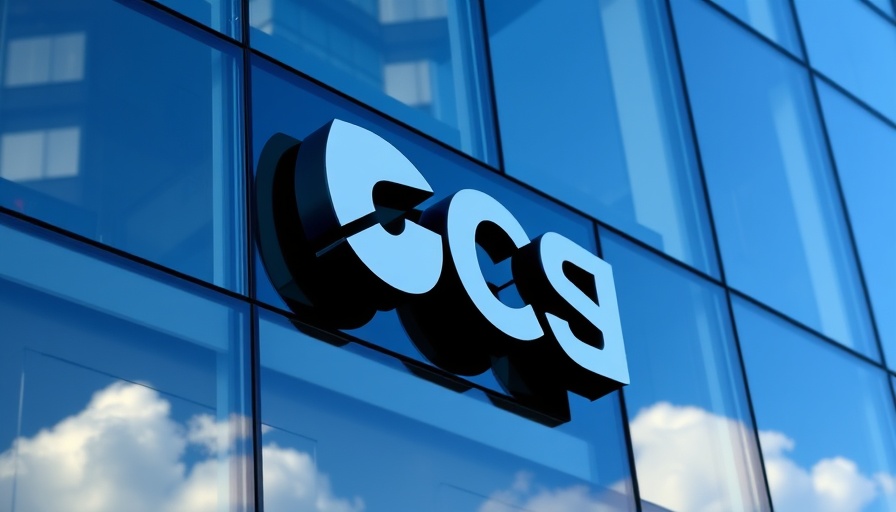
Shopify's Bold AI Initiative: A New Standard for the Workforce
In a significant shift within corporate workforce management, Shopify's CEO Tobi Lütke has instructed teams to evaluate their operational needs through the lens of artificial intelligence (AI) before calling for additional personnel. This directive, shared in a public memo, poses a challenge to the ways traditional businesses have approached hiring and resource allocation.
Why AI Should Be Your First Consideration
Lütke's message to his teams was clear: there must be a demonstrable need for human roles when AI can fulfill those tasks instead. This is not merely about cost-cutting; it's about reimagining how work gets done in the tech landscape. By prompting teams to consider, "What would this area look like if autonomous AI agents were already part of the team?" Lütke aims to inspire innovative thinking among his workforce.
The Wider Implications of AI in the Job Market
This directive aligns with a broader trend among technology leaders as they swift to maximize efficiency through AI. Klarna's CEO, Sebastian Siemiatkowski, has hailed his company’s AI chatbot as capable of replacing 700 customer service roles, while also hinting at reducing his workforce from 4,000 to 2,000 through AI advancements. Such moves raise questions about job security and the future of employment in tech-heavy industries.
Concerns and Controversies: AI vs. Human Labor
With the advent of AI capabilities, there are valid concerns regarding its effect on the job market. A recent report from the United Nations predicted that over 40% of jobs globally are at risk of disruption due to automation. Critics of Lütke's approach argue that leaning on AI could overlook the human elements that enrich customer experiences and foster workplace culture.
Finding Balance: Embracing AI while Preserving Jobs
The question remains: can businesses find a balance where AI enhances productivity without phasing out too many human employees? Many hope that automation will serve to augment human capabilities rather than replace them entirely. Companies can leverage AI for routine tasks, allowing their human staff to engage in more complex, creative, and fulfilled processes.
How Businesses Can Prepare for an AI-Driven Future
As companies pivot towards AI integration, understanding technology and its potential impact is critical for employees and job seekers alike. Skills in AI tools and systems will be paramount in remaining relevant in an increasingly automated workforce. Job training programs emphasizing AI literacy can provide workers with an edge in this transforming job landscape.
Conclusion: The Future Fool-Proofing with AI
The move by Shopify to consider AI as a primary resource in business operations is not merely a trend but a reflective stance that many companies may soon adopt. Businesses must be proactive, not reactive, to AI's unfolding capabilities, ensuring they are well-prepared for whatever challenges lie ahead.
 Add Row
Add Row  Add
Add 



Write A Comment